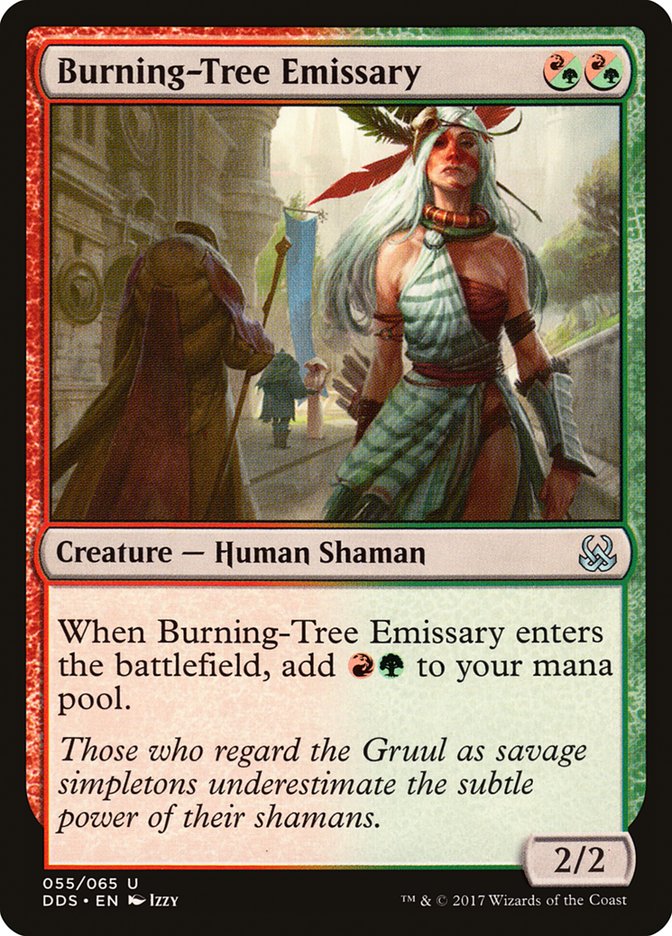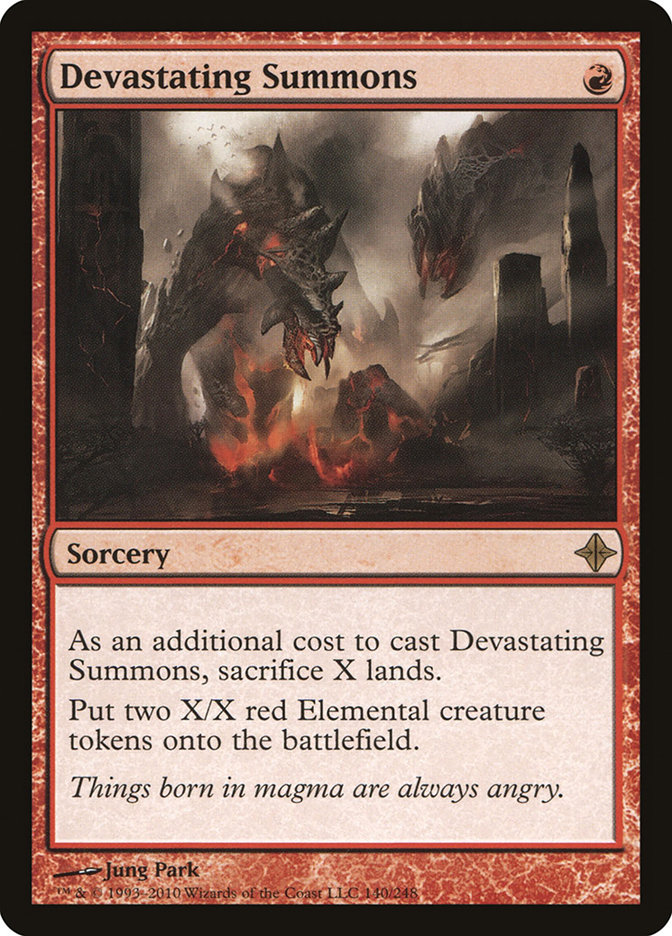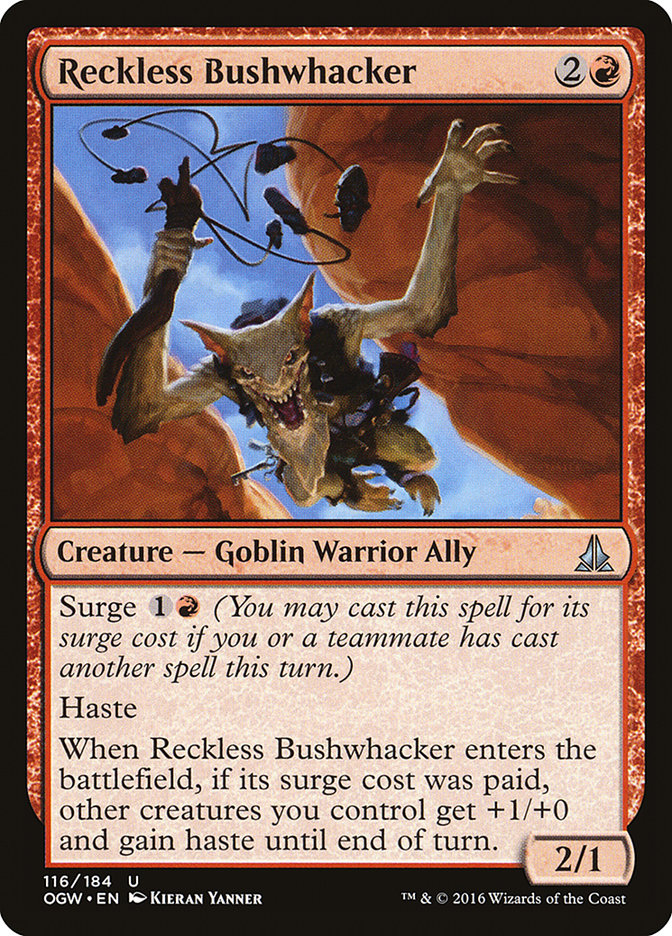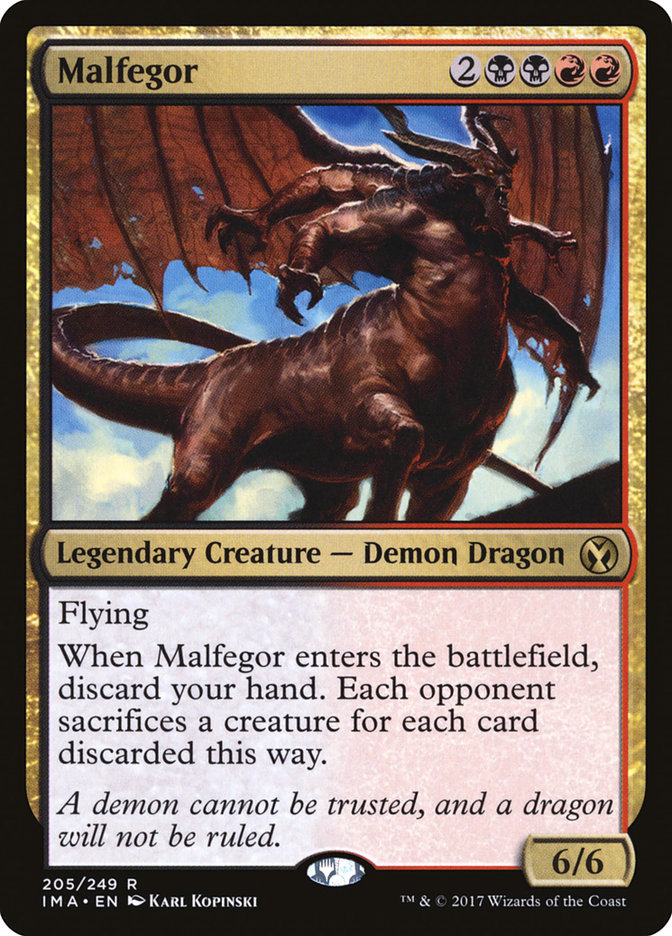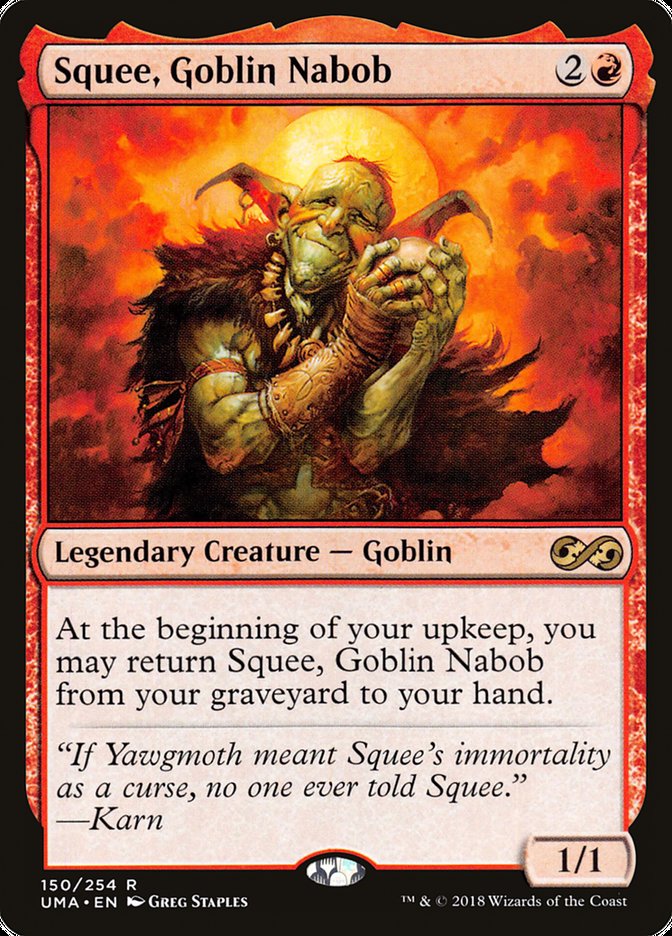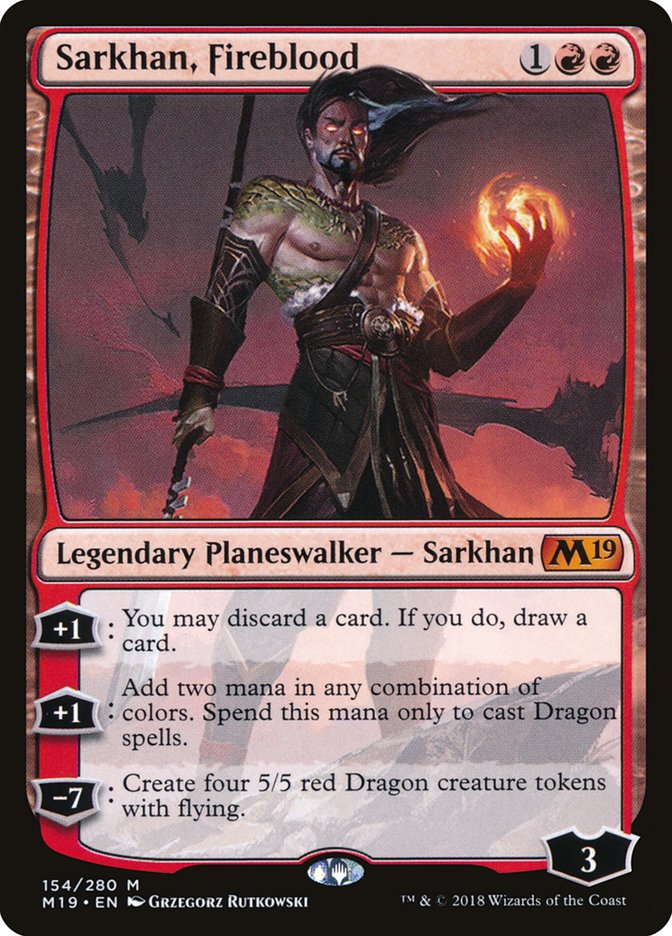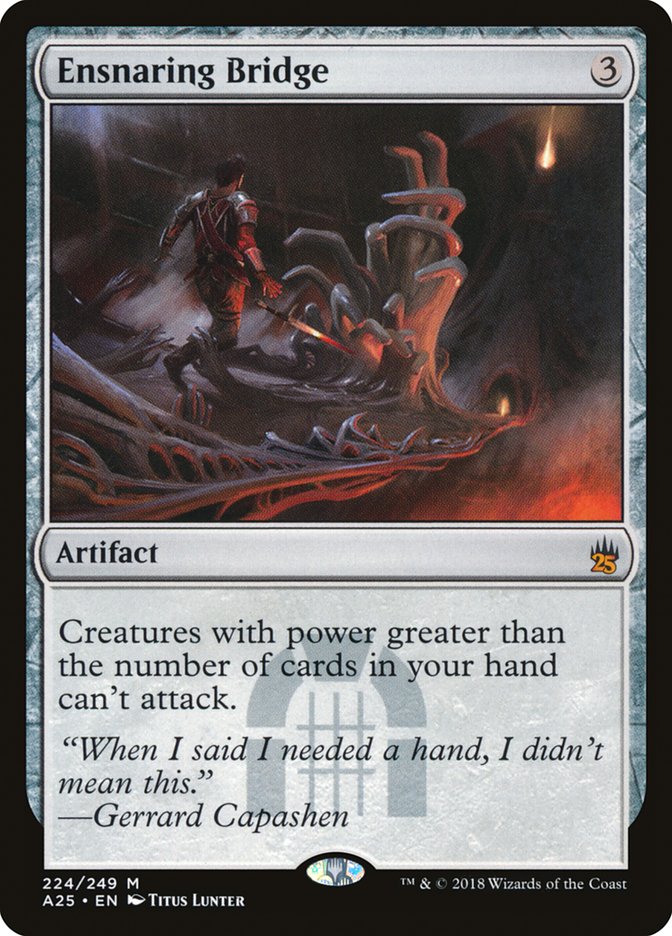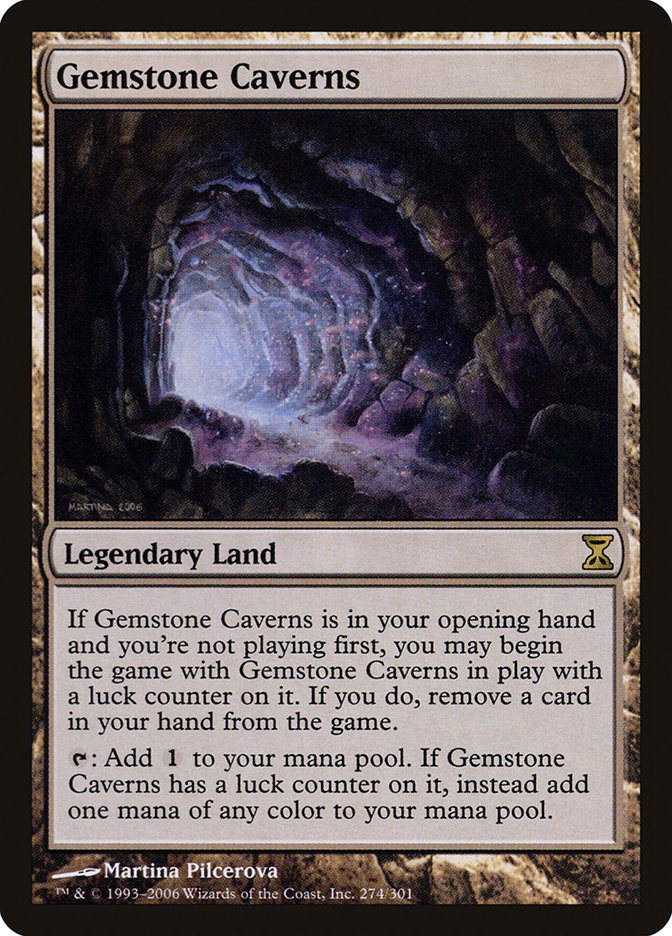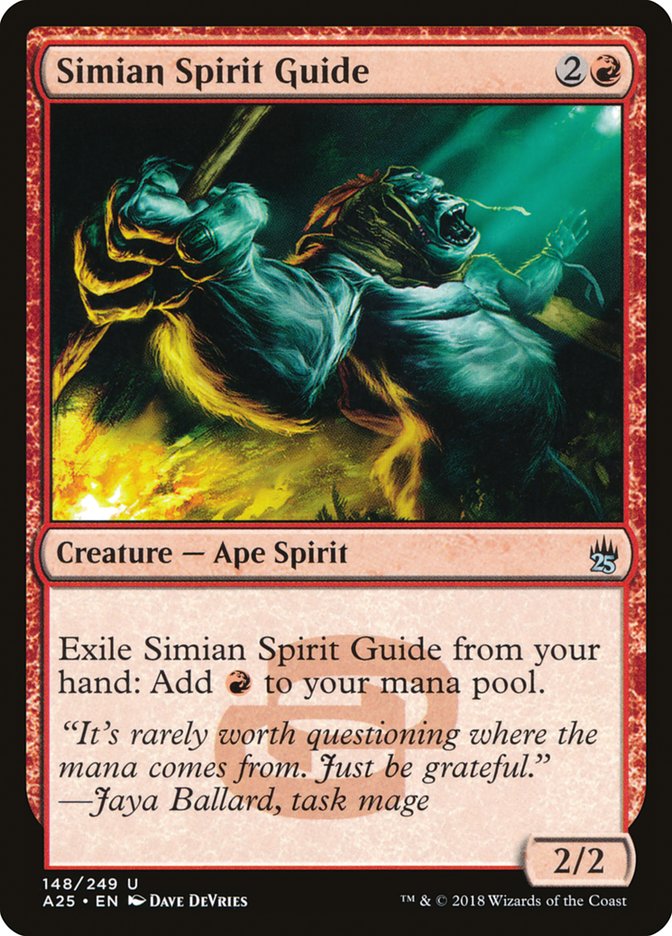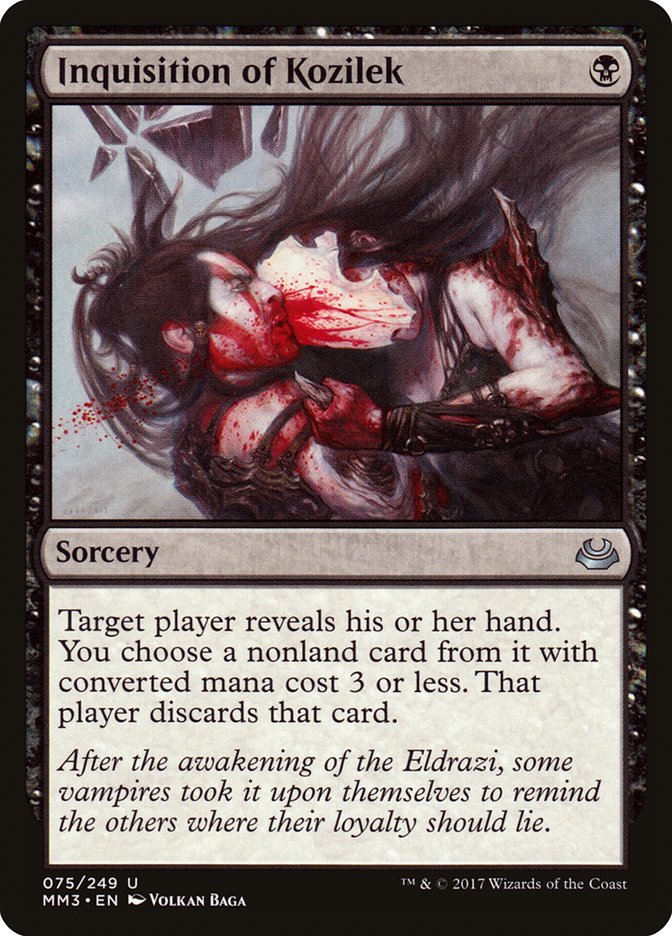With the SCG Tour stopping in my hometown of Baltimore and the Season Two
Invitational at SCG CON less than two weeks away, Modern has been a big
focus of mine behind the scenes as we charge along full steam ahead into
the exciting conclusion of this year in Magic!
Modern can be an extremely difficult format to make headway in – one
weekend you’re on top of the world exiling Creeping Chills and attacking
with a never-ending stream of Bloodghasts, the next weekend you find
yourself buried in the graveyard you’ve dug yourself into as the flow of
hate cards overpowers you.
May you Rest in Peace.
To some, this is disheartening, and I’ll be the first to admit that I’ve
been blissfully ignorant of the changes in the format around me at times.
Keeping up with Modern is a lot of work as a player and especially on a
week-to-week basis as the SCG Tour can demand. With edges gained being so
small and the format being so large, sometimes it can feel like it’s all a
fruitless waste of energy to move between archetypes and try to connect all
the dots.
If that’s the way you feel about Modern right now, I’ve got some good news
and some bad news.
-
The good news is a lot of your opponents will probably feel as
tired of turning the Rubik’s cube as you are and just play
something stock and familiar. -
The bad news is some of your opponents like Rubik’s cubes [Cough, Gottlieb, cough]-DWest] and
aren’t afraid to look for solutions.
At the beginning of the week, Dylan Hand wrote
an excellent article
where he expertly broke down every one of the big players in Modern as he
saw it and if you haven’t taken the time to read that yet, you absolutely
should. Analyzing the relative positioning of the top decks of any format
is always a good thing to do and it can really shed light on the important
dynamics of a format in many interesting ways.
The problem with only looking at the wide array of the top decks as Dylan
did, though, is that it doesn’t pay respect to the crazy depth there is in
a format as big as Modern. Even with sixteen decks he highlighted as
playable in the current Modern format, I found myself wanting to look
deeper.
So I did. I stared into the Abyss of Modern until I saw it staring back.
Modern is a format of trends, so I went through every last one of the
recent 5-0 postings from the Competitive Leagues on Magic Online to see
what more there was to learn about the insides of the beast. Since the
Magic Online decklist dumps began being curated, they’ve been much less
helpful in painting a picture of what’s winning and losing ground in any
given metagame, but if you really look for them, you can still learn a lot
about the landscape you’re venturing out on.
The very first thing I try to look for is always players I know. You end up
looking through a lot of wild ideas so a familiar face with repeated
success is always a good place to start. Fortunately, my friend and former
teammate Kellen Pastore had me covered having had his “8-Whack” lists
posted in each of the posts I looked through.
Creatures (32)
- 4 Grim Lavamancer
- 4 Goblin Bushwhacker
- 4 Goblin Guide
- 4 Burning-Tree Emissary
- 4 Legion Loyalist
- 4 Foundry Street Denizen
- 4 Reckless Bushwhacker
- 4 Fanatical Firebrand
Lands (18)
Spells (10)

Knowing Kellen as I do, I know his approach has always been to try to kill
the opponent as fast as possible. I forget who coined the idea first, but
generally in Modern the best form of card advantage is to leave your
opponent dead with cards in their hand, and this is probably the best there
is at accomplishing this.
A ruthless example of efficiency ever present on the outskirts of Modern,
this deck is simply disinterested in anything outside of killing the
opponent. Kellen and his Goblin friends weren’t the only ones trying to end
the game as quickly as possible, though; it seems a lot of people like the
idea of putting the blinders on and putting the pedal to the metal right
now.
Creatures (14)
Lands (19)
Spells (27)

Goryo’s Vengeance has always been a card that has the potential to do some
insanely powerful things, and this deck is the most popular iteration of
decks that show off its power. There was some nice innovation in this list
in particular, namely a playset of Discovery to increase the deck’s cantrip
count which is remarkably clever. Surveil 2 is fairly strong in a deck
focused on reanimating Griselbrand.
Another deck focused around Goryo’s Vengeance caught my eye as well, but
this one takes a big leap beyond innovative into creative if I do say so
myself.
Creatures (13)
Planeswalkers (4)
Lands (21)
Spells (22)

Rather than putting Griselbrand onto the battlefield to exist as their card
advantage engine, Murjim2 used a much more old school approach to drawing
seven extra cards. Of course, I’m talking about Squee, Goblin Nabob in
combination with Sarkhan, Fireblood, Faithless Looting, Collective
Brutality, Tormenting Voice, and Malfegor for maximum effect.
Squee is really the backbone of this deck’s operation rate if the Plan A of
casting Goryo’s Vengeance targeting Emrakul the Aeons Torn with the shuffle
trigger on the stack fails. Velocity turns to card advantage and suddenly
with a Squee or two, your spells are massively under-costed for their
effects.
Thinking about what Squee was doing in this deck opened my eyes to
something fundamental about the shape of Modern in the abstract: With the
way Modern is shaping up as a format, the most important resource in which
to generate an advantage is mana. The more efficient your deck is doing
whatever it’s supposed to do and the less you must pay to do them, the
better.
This seems like an obvious statement. Of course cheaper spells and
better bang for your buck will win you games of Magic! But that isn’t
always the most important consideration.
Creatures (25)
- 4 Llanowar Elves
- 2 Carnage Tyrant
- 4 Wildgrowth Walker
- 4 Merfolk Branchwalker
- 1 Seekers' Squire
- 4 Jadelight Ranger
- 2 Ravenous Chupacabra
- 2 Midnight Reaper
- 2 Plaguecrafter
Planeswalkers (3)
Lands (24)
Spells (8)

It was only after looking over this Snapcaster Mage-less Temur Delver deck
with a playset of Vapor Snag that I started to see the light. Seeing the
normally tempo-oriented decks of Modern like Temur Delver are just trying
to avoid interacting with spells on the stack and moving away from Bolt +
Snap + Bolt as their primary angle of attack really spoke to me. This deck
looks more like Grixis Death’s Shadow than “Izzet Wizards” as far as its
construction, and similar decks have been performing fairly consistently
over the league results I referenced.
Taking this thought one step further, you can begin to see the ripples of a
linear format show on the surface of the lake. If interacting on the axis
of raw card economy is no longer efficient in Modern, it makes sense why
we’re beginning to see some big offenders guilty of not being so fun
popping up more and more in the format.
Not only are these unfair strategies total haymakers but they’re full of
cards that preemptively interact with your opponent for as long as they remain on the battlefield.
Why cast a Terminus or Supreme Verdict again when for the low price of
three mana and having an empty grip, you can essentially destroy any
creature whose only value is power and toughness? Isn’t that all that
really matters right now?
Why bother drawing cards as your form of card advantage in Modern? An easy
way to pull off killing your opponents while they have cards in their hand
is to deny them the opportunity to cast them.
When you resolve an Ensnaring Bridge or a Chalice of the Void, you get to
trade that one relatively low mana investment for a portion of your
opponent’s possible mana investments over the course of the rest of the
game. In a fight of mana, locking out the opponent might as well be having
infinite efficiency.
Creatures (13)
Planeswalkers (4)
Lands (22)
Spells (21)

Lands (20)
Spells (40)

These two decks, rather than being closer to the living embodiments of
misery that are the Grixis Whir deck I wrote about last month, use their
haymakers in moderation to do all the interacting for them while they
assemble some difficult to disrupt way of ending the game.
Muddy15’s Mono-Red Prison deck has twelve cards that exist simply to
suppress the opponent and another twelve that allow it to cheat on mana.
It’s almost like a child-proofed version of the Legacy Mono-Red Prison
archetype except there’s no child proofed Force of Will to keep you safe.
Getting Turn 1 Blood Moon/Ensnaring Bridge/Chalice of the Void played
against you in Modern is like getting hit in the face by your older cousin
with a Nerf Bat – you feel dizzy, defenseless, and as much as you wish they
would, your opponent doesn’t have a real sense of remorse afterwards.
Ouch.
TheNobodys Thopter Sword deck, on the other hand, is much more innocuous in
the way it uses Ensnaring Bridge. Unlike in the Prison decks in Modern,
Whir of Invention for Ensnaring Bridge is just a tool that can be used to
hold off long enough to assemble Thopter Foundry and Sword of the Meek
(with or without Krark-Clan Ironworks) to gain a lot of life and make a lot
of Thopters. While I’m dubious as to the effectiveness of this deck over
other similarly unfair ideas, this player has continually put up 5-0
performances throughout the month and seems to have settled on a build they
like. If you’re looking for innovative places to be in Modern, I’d keep an
eye on this one because there’s a lot of room for development.
Creatures (12)
Planeswalkers (5)
Lands (23)
Spells (20)

Planeswalkers (3)
Lands (24)
Spells (33)

One place where I haven’t felt like there’s a lot of room for development
lately has been Jund or just the Golgari-with-a-splash archetypes in
general. Both players felt otherwise and threw their hat in the ring trying
to be the best deck with Thoughtseize and Inquisition of Kozilek they could
be, even if it meant no green cards.
ThrunTheLastTroll’s take on Orzhov Tokens might be a very smart take on
some of the common winning play patterns of Modern. What’s a good way to
beat a deck like Bant Spirits? Put even more power in the air and give it
lifelink and vigilance. By achieving the same goals with more Spectral
Procession and less Collected Company, decks trying to prey on the power of
one for one exchanges can be beaten back with greater ease than Spirits
does. All your cards are like Collected Company if they’re putting two
flying creatures onto the battlefield.
When Dylan wrote in his article that he thought the format was defined by
three one-mana spells, I think he may have forgotten a fourth. Inquisition
of Kozilek, Thoughtseize, and really just turn 1 discard in general is one
of, if not the only, acceptable way to play traditional disruption in
Modern following the mana exchange logic I brought up earlier. This would
also explain why among all the decks looking to play fair, Golgari with
eight turn-1 discard spells and Death’s Shadow with a similar suite are
starting to emerge as frontrunners, especially among interactive decks.
While I’m not sure that Gifted Aetherborn and Phyrexian Obliterator are the
heroes we were looking for, they do a fine job of enabling Grey Merchant of
Asphodel as our version of Bloodbraid Elf and can hold down the fort as
well as any Tarmogoyf ever could. Once you make this short leap of faith,
you’re rewarded with the power of white’s sideboard cards and a relatively
free splash of Lingering Souls to complement your Liliana of the Veils.
As you can see, there’s a lot to learn from the often-overlooked realm of
Modern of the crazy decks that 5-0 on Magic Online even if you never
actually sleeve one up and play a game with them. I don’t really have the
guts to unearth my extra Squee, Goblin Nabobs or Gifted Aetherborns, but
kudos to those who do in formats that people criticize as stale, I salute
you.
While that’s all I have for you today, I do want to take a minute to say a
little bit about the lack of change to the
Banned and Restricted List in Modern this week
.
Modern is at a stable and healthy place, although a little linear, but
don’t be so quick to give up on it. While developing archetypes in Modern
are a rare sight, I think a lot of players shy away from that to stay in
familiar territory. I would like to point out, however, that if we all
chose to stay in familiar territory, we’d have lost the space race, never
eaten chocolate with peanut butter, and never had that Lost in the Woods
draft story that the Magic community holds so dearly.
So, don’t be afraid to try your off the wall idea and brew, try new
combinations of proven ideas, iterate, innovate, and explore. If you break
it even once, you’ll be more accomplished than most players ever get to be.
Mardu Pyromancer was an idea a player had that top 8’d a PTQ on Magic
Online that Gerry Thompson worked with and almost won a Pro Tour with,
Humans was a deck Collins Mullen found browsing decklists that he thought
was so good he put his money where his mouth was and he came out of it an
SCG Tour Open Champion.
Every good deck starts as an idea, good or bad. Don’t let all the
information right in front of you keep you from seeing a bigger picture
it’s all a part of.
Good luck and I’ll see you all in Baltimore!



